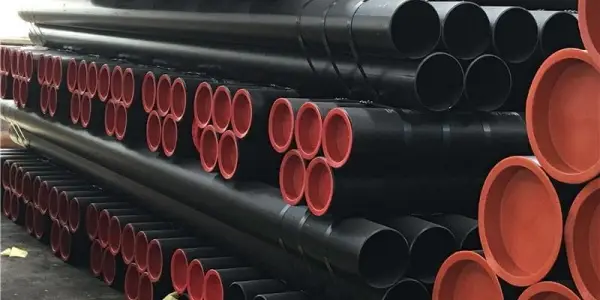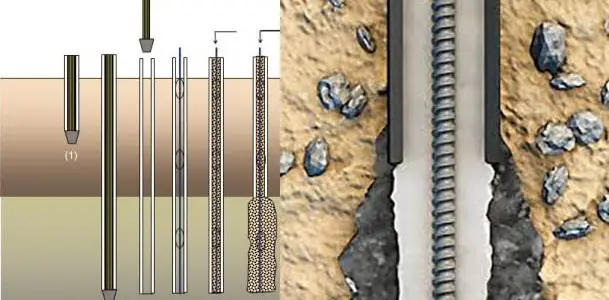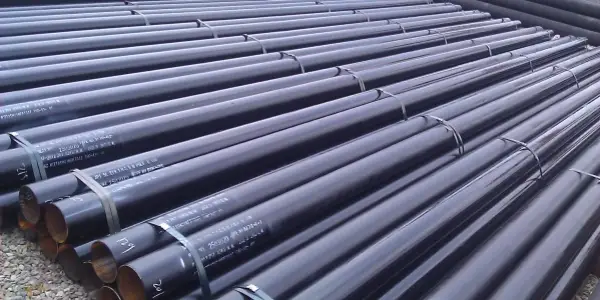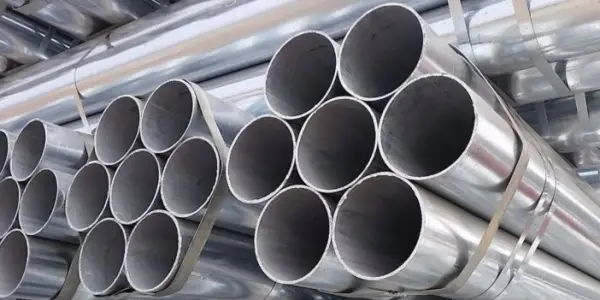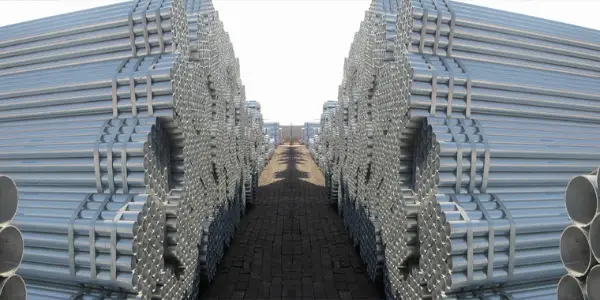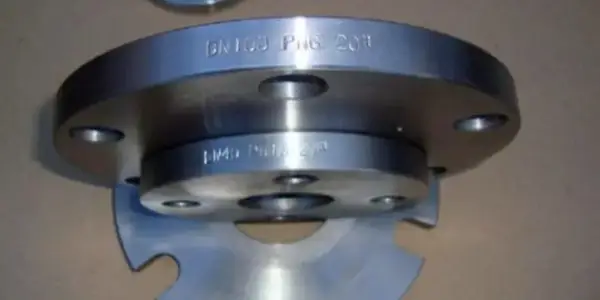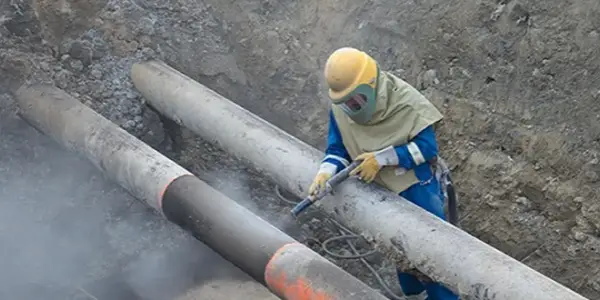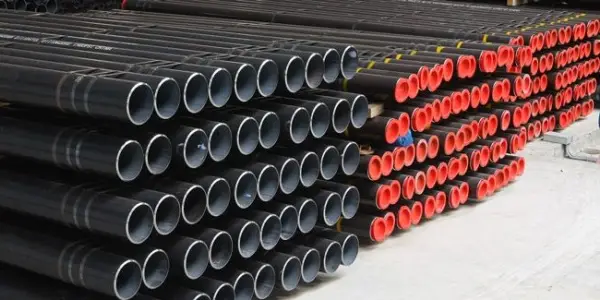-
SCH XXS ASTM A333 Grade 6 Carbon Steel Seamless Pipe
On demand, we can also offer our customers with high quality Hot Dipped Galvanised Seamless ASTM A106 Grade B Pipe, Hot Dipped Galvanised ERW API 5L Grade B Plain End Pipes and Hot Dipped Galvanised Seamless ASTM A333 Grade 6 Pipes in short lead times.
Read More
-
Micropiles
Micropiles, also known as minipiles, pin piles, needle piles, and root piles, are a deep foundation element constructed using high-strength, small-diameter steel casing and/or threaded bars.
Read More
-
Grades And Types Of Stainless Steel For Piping
Stainless steel is a cost effective, low-maintenance metal used in civil and mechanical engineering projects Australia wide. Stainless steel is particularly popular for pipe fittings because it is resistant to oxidation and has no effect on other metals. Stainless steel has applications everywhere from shipping, oil and gas, water treatment facilities, energy industries, to the textile machinery.
Read More
-
API X42 VS X52 Pipe
Grades covered by API 5L standards are A25, A, B and "X" Grades such as X42, X46, X52, X56, X60, X65, X70, X80 and so on. The two-digit number following the "X" indicates the Minimum Yield Strength (in 000's psi) of pipe produced to this grade. Some people really confused about the X42 and X52, today here I will show you the comparison between them.
Read More
-
Two Forms And Application Examples Of Stainless Steel Welded Pipe
Tainless steel welded pipe is a pipe made of stainless steel plate or strip crimping after forming and welding, simple production process efficiency, low cost and variety of specifications, but generally low strength than seamless steel pipe. However, with the continuous progress of production technology, the quality of stainless steel welded pipe is getting better and better, in many respects it has replaced the original seamless steel pipe.
Read More
-
Hot Dipped Galvanization & Pre-Galvanizing
Differences between hot dipped galvanization & pre-galvanizing:
1. Application comparison
Hot dipped galvanization is an economical choice if you are finding a solution that can be executed on both simple and complex shapes. It is often used on objects that have been fabricated beforehand but yet to be galvanized and the hot-dipped galvanization plays as the last step.
Read More
-
EN10219 S355NH LSAW pipe
EN10219 S355NH LSAW pipe Other Name:
EN10219 S355NH LSAW pipe, EN10219 grade pipe, S355NH LSAW pipe
Read More
-
Swivel Flange Structure Function And Application
I. Function of Swivel Flange
Swivel flange is a rotatable connector consisting of two parts: flange disk and swivel joint. Its main functions are as follows:
Read More
-
What Is Underground Coated Steel Pipe
Many people often confuse plastic coated pipes and 3PE anti-corrosion pipes because they are very similar with their appearance. Coated plastic pipe, also known as underground coated steel pipe or steel-plastic composite pipe, is a steel pipe with a molten organic layer, the thickness of which is 0.5~1.0mm on the inner and outer walls, such as modified polyethylene (PE), ethylene-acrylic copolymer (EAA), epoxy (EP) powder, non-toxic polypropylene (PP) or non-toxic polyvinyl chloride (PVC). This underground coated steel pipe combines the advantages of steel and plastic. It not only has the advantages of high strength, easy connection, water impact resistance, etc., but also eliminates the disadvantages of corrosion, pollution, scaling, low strength, etc., and the poor fire resistance of plastic pipes and steel pipes in water. It provides long life, more economical design life can reach 50 years.
Read More
-
What Are The Production Processes Of Seamless Steel Pipe?
What is the production process of seamless steel pipe? Seamless steel pipes are increasingly being used in large-scale equipment installations, hydraulic machinery industry and other fields due to their characteristics and strengths. Seamless steel pipe adopts a series of high-tech manufacturing technology, which contributes to the high quality of the pipe, compared with the common steel pipe (welded pipe). So, what is the production process of seamless steel pipe? Today to understand it. The general production process of seamless steel pipe can be divided into two kinds of cold drawn and hot rolled, hot rolled, as the name suggests, the temperature of the rolled parts is high, so the deformation resistance is small, and large deformation can be realized. Take the rolling of steel plate as an example, the general thickness of the continuous casting billet is about 230mm, while after rough rolling and finishing, the final thickness is 1~20mm. at the same time, due to the small width to thickness ratio of the steel plate, the requirement for dimensional accuracy is relatively low, and it is not easy to appear plate shape problems to control the convexity of the main.
Read More

 English
English Español
Español




 Tel : +86-18565811709
Tel : +86-18565811709 Email :
Email : 
